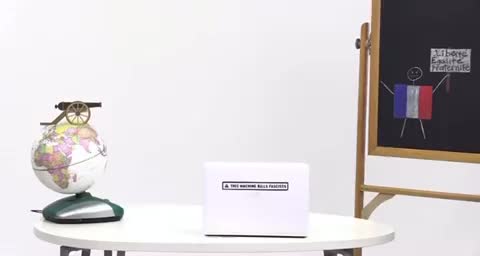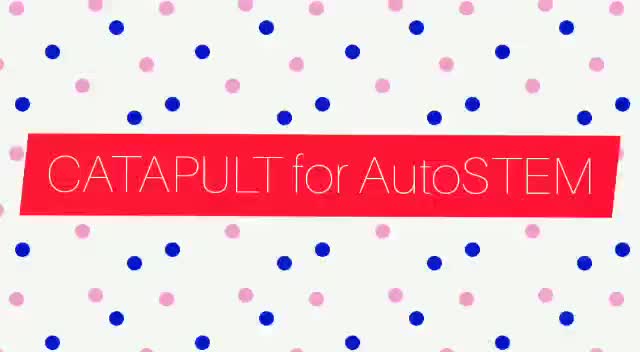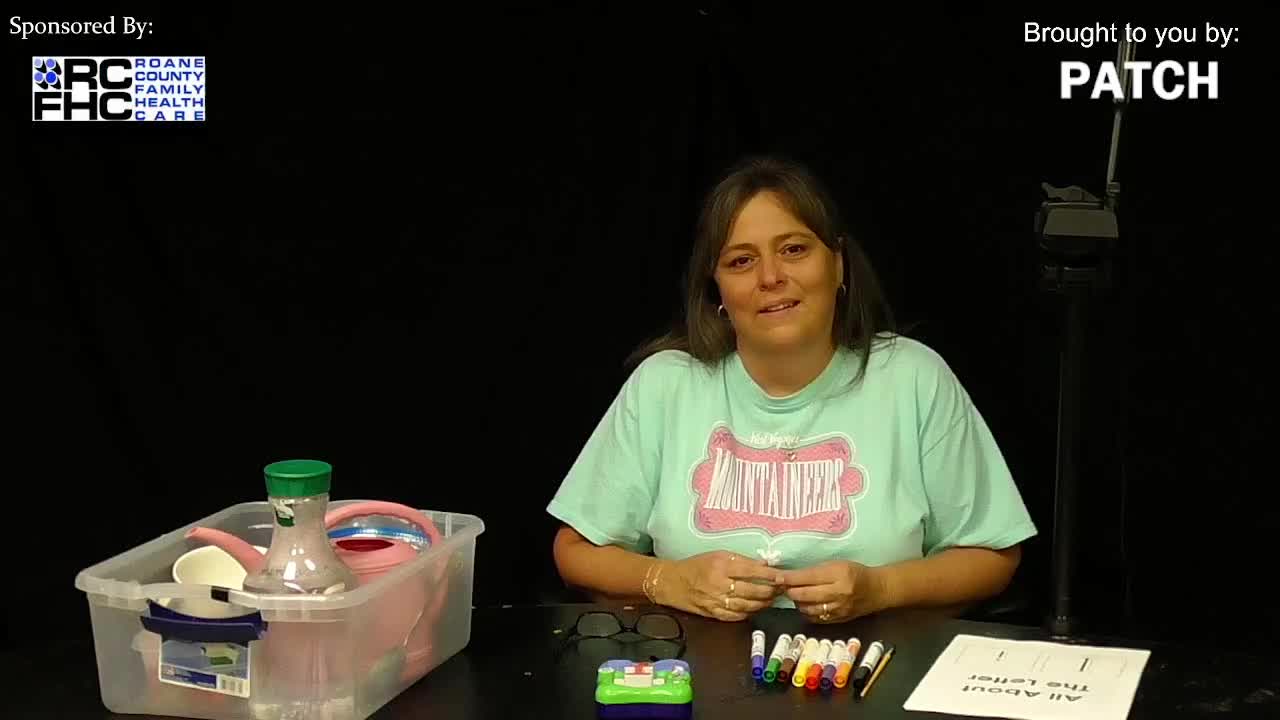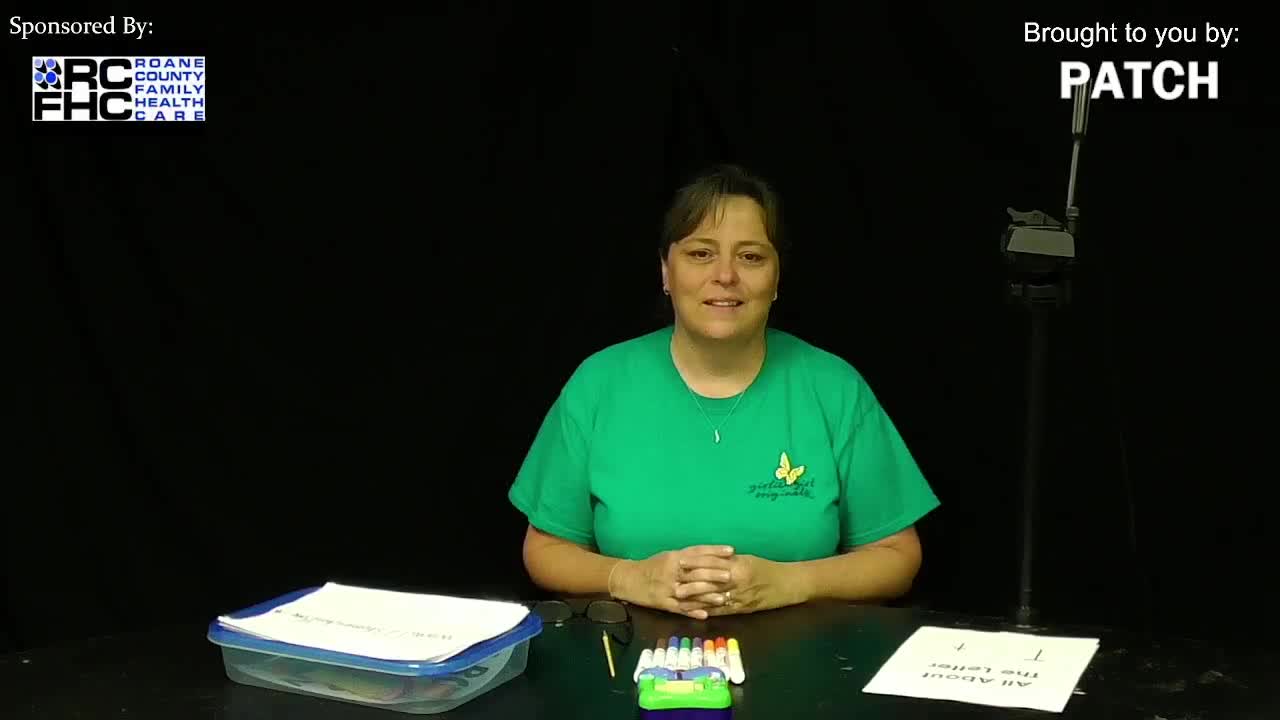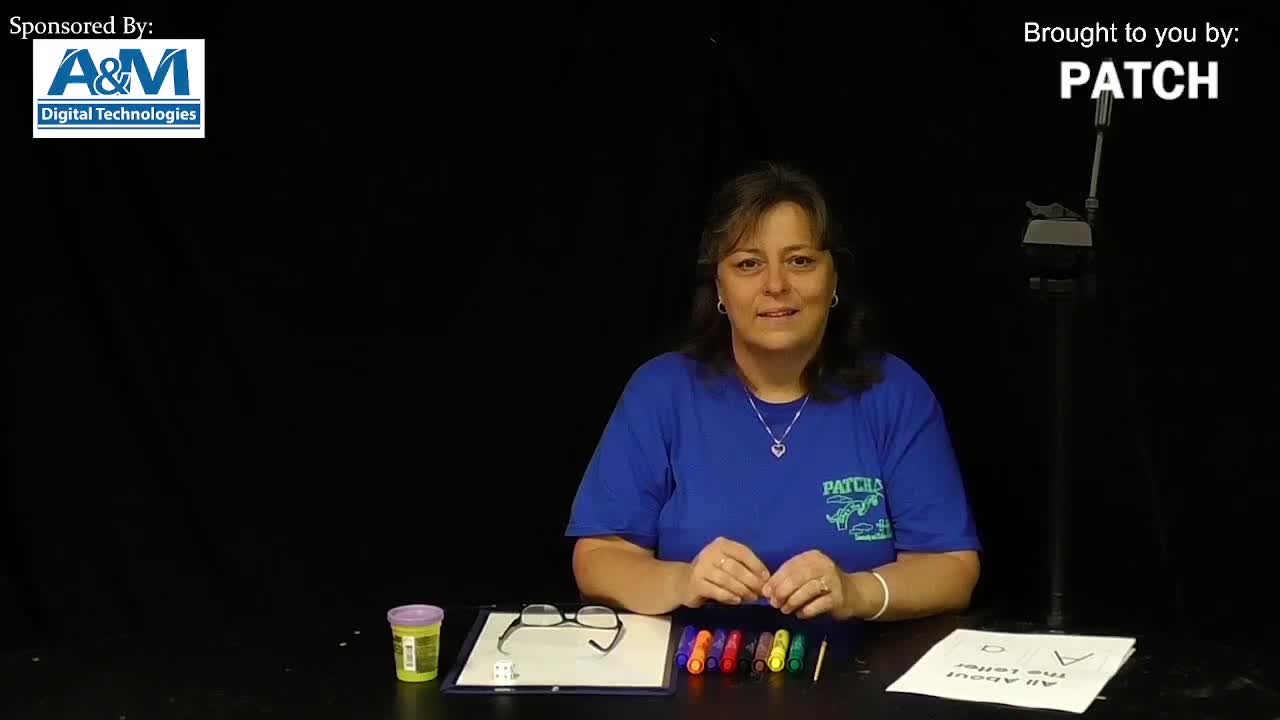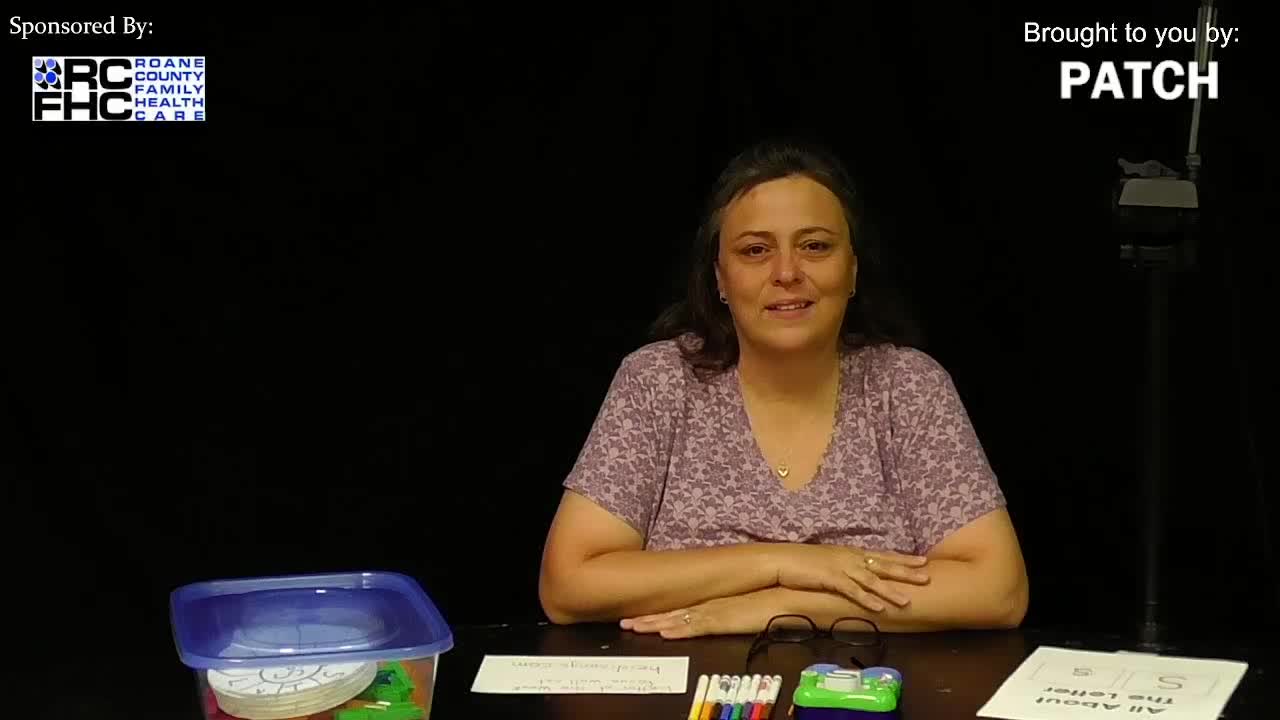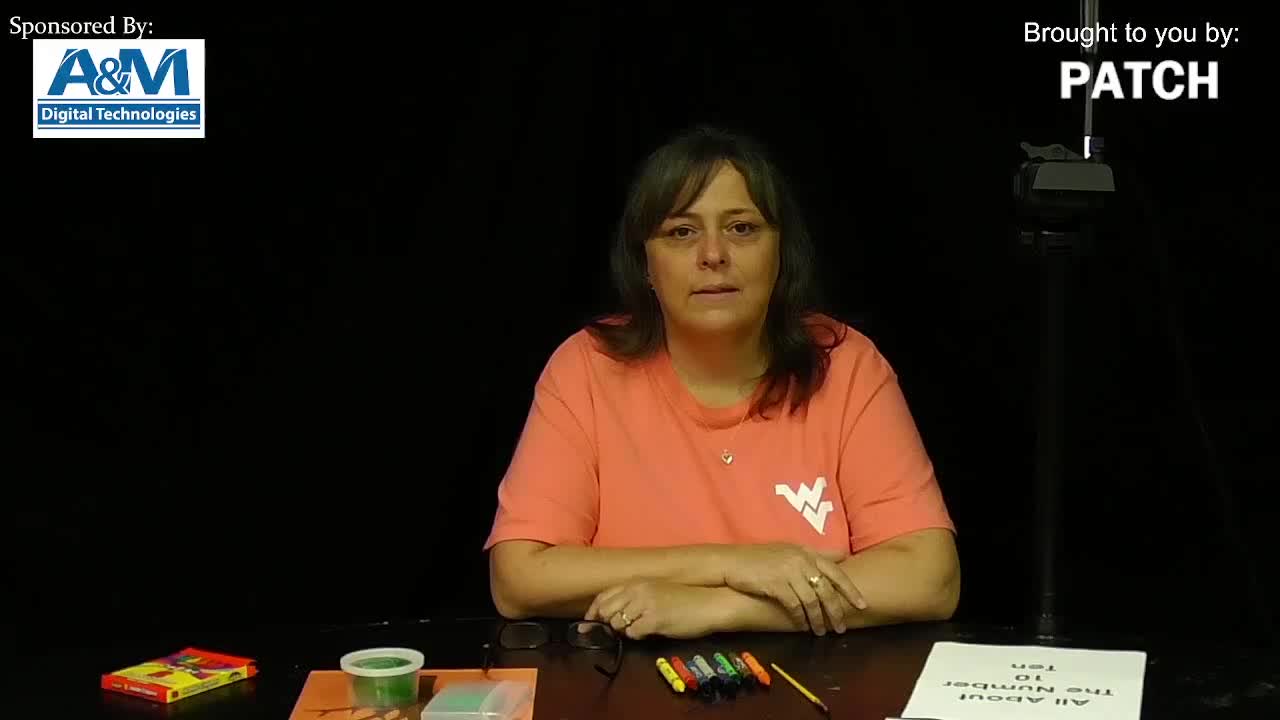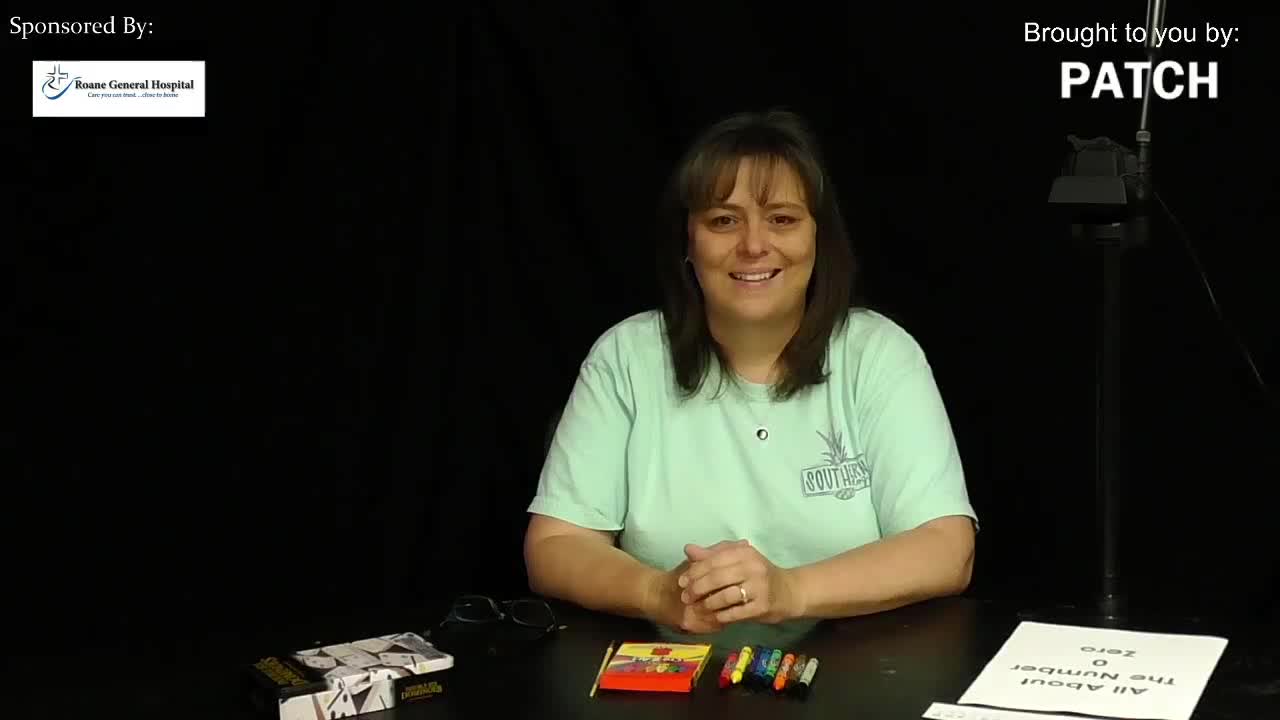Okay, we are multiplying using the distributive property. So to use the distributive property, I'm going to use the fact that I know 19 is the same as ten plus 9. So even though I don't necessarily know what four times 19 is, I can do four times ten plus four times 9. When I find the sum of those products, that is the product of four times 19. So in other words, four times ten is 40 four times 9 is 36. I can add 40 to 36, which gives me 76. So four times 19 equals 76. And then we have grits here to help us wear I have four rows times ten columns, which equals 40, four rows, times 9 columns, which equals 36. So if you were to actually count all of these squares here, there would be 76 squares. Down here we have three times 17. They're showing us this problem with base ten blocks instead of a grid. So I have one ten plus 7 ones equals 17. And there are three groups of 17. So to find three times 17, I can do ten plus ten plus ten is 30 and then 7 plus 7 plus 7 is 21. And then 30 plus 21 would give me 51. Down here for these word problems, we don't actually have to count all of these circles. We're going to use what we know about arrays. So I'm going to count the number of rows, count the number of columns and multiply them together.

